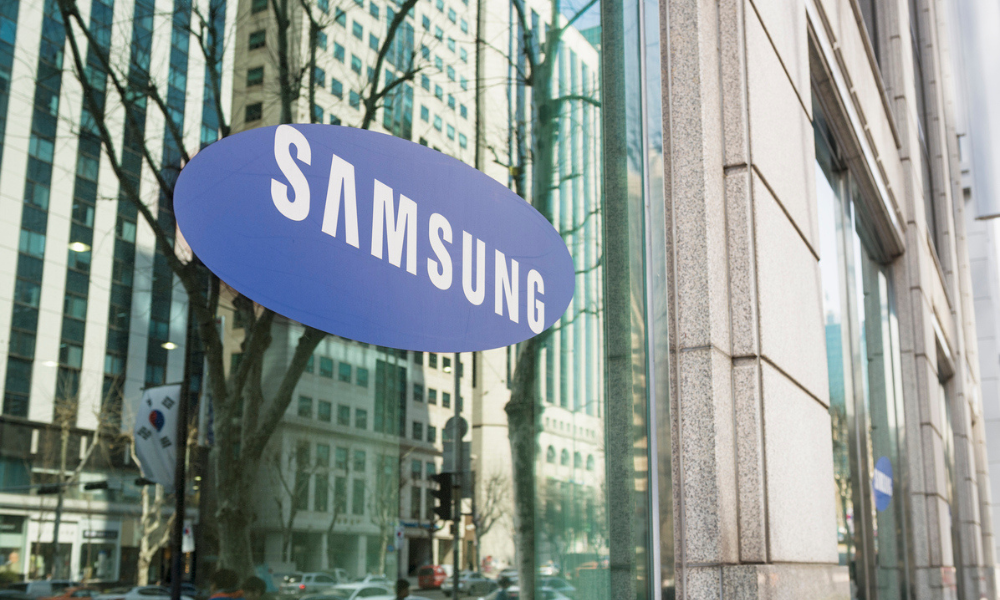'It's important the leadership can credibly say, 'We really want to hear what you're feeling'

It’s encouraging news for employers: Levels of engagement among employees throughout New Zealand and Australia rose 6% in the 12 months leading up to March 2023, compared to the previous year.
That’s according to the latest State of the Global Workplace Report by Gallup which also found that the number of people thriving at work across the two countries reached 23%.
High levels of engagement in an organisation not only lead to better performance, lower absentee levels and reduced staff turnover, but also a greater tendency towards innovation, says Helena Cooper-Thomas, professor of organisational behaviour at Auckland University of Technology (AUT).
And there’s evidence that colleagues who are engaged have a positive influence on others’ engagement levels in a knock-on effect, she says.
Boosting responses rates for engagement surveys
With millions of dollars spent every year on engagement surveys, how can organisations better encourage employees to complete the forms?
One of the best ways to encourage participation is to demonstrate that asking for feedback is not just a box-ticking exercise, says Cooper-Thomas. Communication is key here – not just regarding the results but what happens once the data gathering is complete.
“If you've had previous engagement surveys, hopefully you can point to things that changed as a result for the better,” she says. “Then people think it's worthwhile telling you how they’re feeling, that their feedback will be taken seriously, and that if they’re not happy with things, improvements will be made.”
This is especially the case in the lead-up to further surveys.
For those organisations new to engagement surveys, leadership strategy will greatly impact employee response rates, says Cooper-Thomas.
“It’s important the leadership can credibly say ‘We really want to hear what you're feeling’ and that it’s an authentic message. This comes down to the kind of leadership that's been shown in the past and the organisational culture.”
Don't over promise though, she warns. It’s best to be realistic and stress that although it’s not possible to address everything, the best way to understand what employees want to be on the agenda for discussion is by getting as many responses as possible.
“Get the message across clearly that anyone who doesn’t have a voice hasn’t got any chance of influencing what’s focused on,” says Cooper-Thomas.
Timing key to engagement response rates
Knowing the best timings between each survey can be critical too. Most companies enrolling assistance from Gallup choose to run full programmes every year, says Patricia Hubbard, Head of ANZ Consulting, with smaller ‘pulse’ options in between.
These interim surveys could cover any number of more specific topics. Those trending currently include burnout, diversity, remote working, wellbeing and health and safety.
“These pulse surveys can be especially useful if an organisation’s experiencing change,” adds Cooper-Thomas. “They can be used to gauge whether engagement has been maintained, for instance, despite a difficult time, or whether changes have been popular.
“You have to be prepared to do something with the data gathered though - and have some outcomes from it. If you don’t, people will be cynical, and won't give you data next time. Busy people have to know that it's worth doing.”
Making employee engagement part of culture
In terms of the type of questions asked, Cooper-Thomas says a balance of qualitative and quantitative is ideal.
“I think it's useful to have both kinds of data. You'll also want to benchmark against other organizations, so you need to have consistency in those questions, to compare to other similar institutions, or industries.”
The global average response rate reported through Gallup is 82%, but some clients in New Zealand achieve even higher rates than that, says Hubbard. She adds that greater participation comes at those organisations that have embedded engagement as part of the day-to-day culture – where there’s a strong emphasis on leadership management training on the topic of engagement, and employees see organisations closing the loop on the issues highlighted.”







